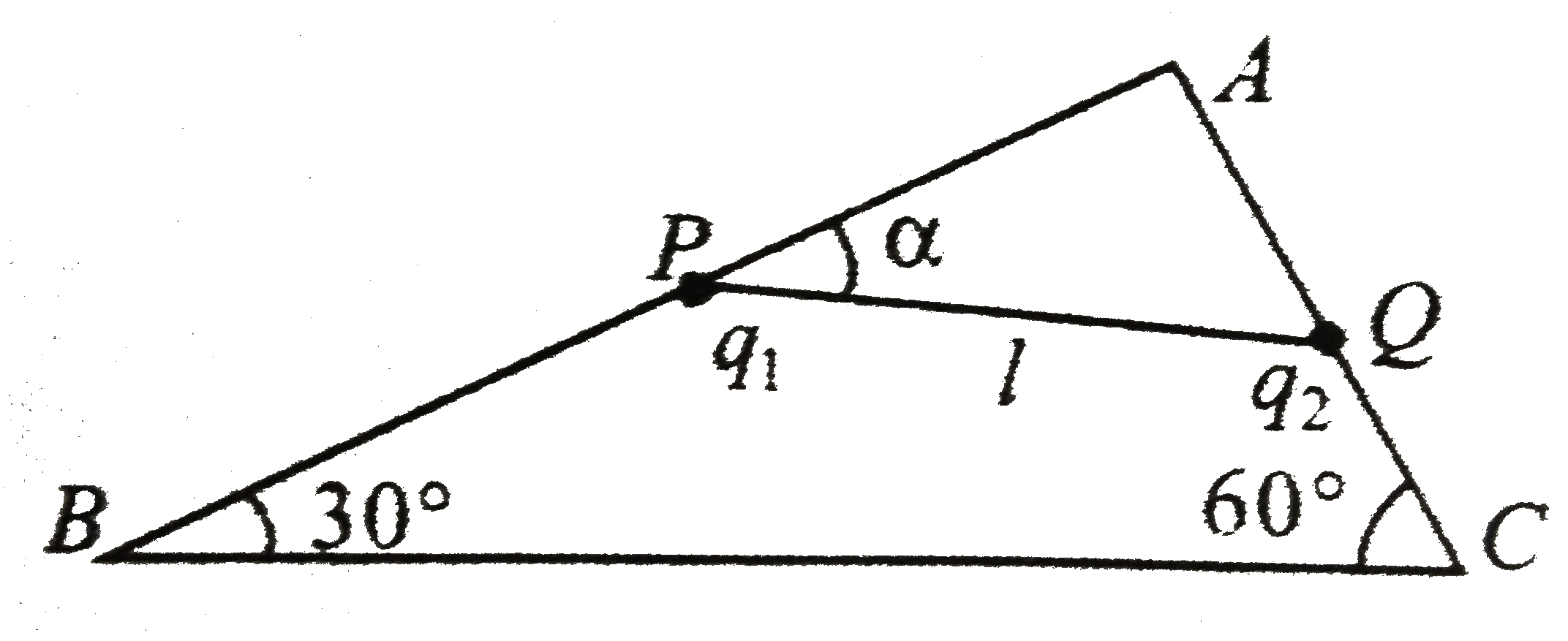A brooch is made with silver wire in the form of a circle with diameter 35 mm. The wire also used in making 5 diameters which divide the circle into 10 equal sectors as shown in Fig. 15.16. Find: (i) the total length of the silver wire required (ii) the area of each sector of the brooch.
Step by step video & image solution for A brooch is made with silver wire in the form of a circle with diameter 35 mm. The wire also used in making 5 diameters which divide the circle into 10 equal sectors as shown in Fig. 15.16. Find: (i) the total length of the silver wire required (ii) the area of each sector of the brooch. by Maths experts to help you in doubts & scoring excellent marks in Class 10 exams.
Updated on:21/07/2023Topper's Solved these Questions
Similar Questions
A brooch is made with silver wire in the form of a circle with diameter 35 mm. The wire is also used in making 5 diameters which divide the circle into 10 equal sectors as shown in Fig. 12.12. Find :
(i) the total length of the silver wire required.
(ii) the area of each sector of the brooch.
View SolutionIn a circle of radius 6 cm, a chord of length 10 cm makes an angle of 110o at the centre of the circle. Find (i) the length of the arc AB , (ii) the area of the sector OAB .
View SolutionA circular ring made of copper wire of 0.1 mm diameter and 60 cm long is connected as shown in Fig. 26.1. Find the resistance of the circuit. What should the length of the shorter section AB = x be for the resistance of the circuit to be 0.2 ohm?

View SolutionA wire, when bent in the form of a square, encloses an area of 484 cm2. Find :
(i) one side of the square
(ii) length of the wire
(iii) the largest area enclosed, if the same wire is bent to form a circle.
View SolutionFind the resistance of the wire figure shown in Fig. 26.2a. The wire is uniform, made of aluminium of 0.4 mm diameter. The length of the side of the square is 20 cm.

View SolutionTwo wires of diameter 0.25 cm, one made of steel and the other made of brass are loaded as shown in fig. The unloaded length of steel wire is 1.5m and that of brass wire is 1.0m. Compute the elongations of the steel and the brass wires.

View SolutionA wire is formed into a circle having a diameter of 10.0 cm and placed in a uniform magnetic field of 3.00 mT. The wire carries a current of 5.00 A. Find
a. the maximum torque on the wire, and
b. the range of potential energies of the wire-field system for different orientations of the circle.
View SolutionA rigid insulated wire frame in the form of a right-angled triangle ABC is set in a vertical plane as shown in fig. two beads of equal masses m each and carrying charges q1 and q2 are connected by a cord of length l and can slide without friction on the wires.
Cinsidering the case when the beads are stationary, determine
(i) the angel α
(ii) the tension in the cord, and
(iii) The normal recation on teh beads.
If the cord is now cut, what are the value of the charges for which the beads continue to remain stationary?

View SolutionTwo long parallel conducting horizontal rails are connected by a conducting wire at one end. A uniform magnetic field B (directed vertically downwards) exists in the region of space.

A light uniform ring of diameter d which is practically equal to separation between the rails is placed over the rails as shown in Fig. If resistance of ring be (λ) per unit length
The force required to pull the ring with uniform velocity v is
View SolutionShazli took a wire of length 44 cm and bent it into the shape of a circle. Find the radius of that circle. Also find its area. If the same wire is bent into the shape of a square, what will be the length of each of its sides? Which figure encloses more area, the circle or the square? (Take π=227)
View Solution
